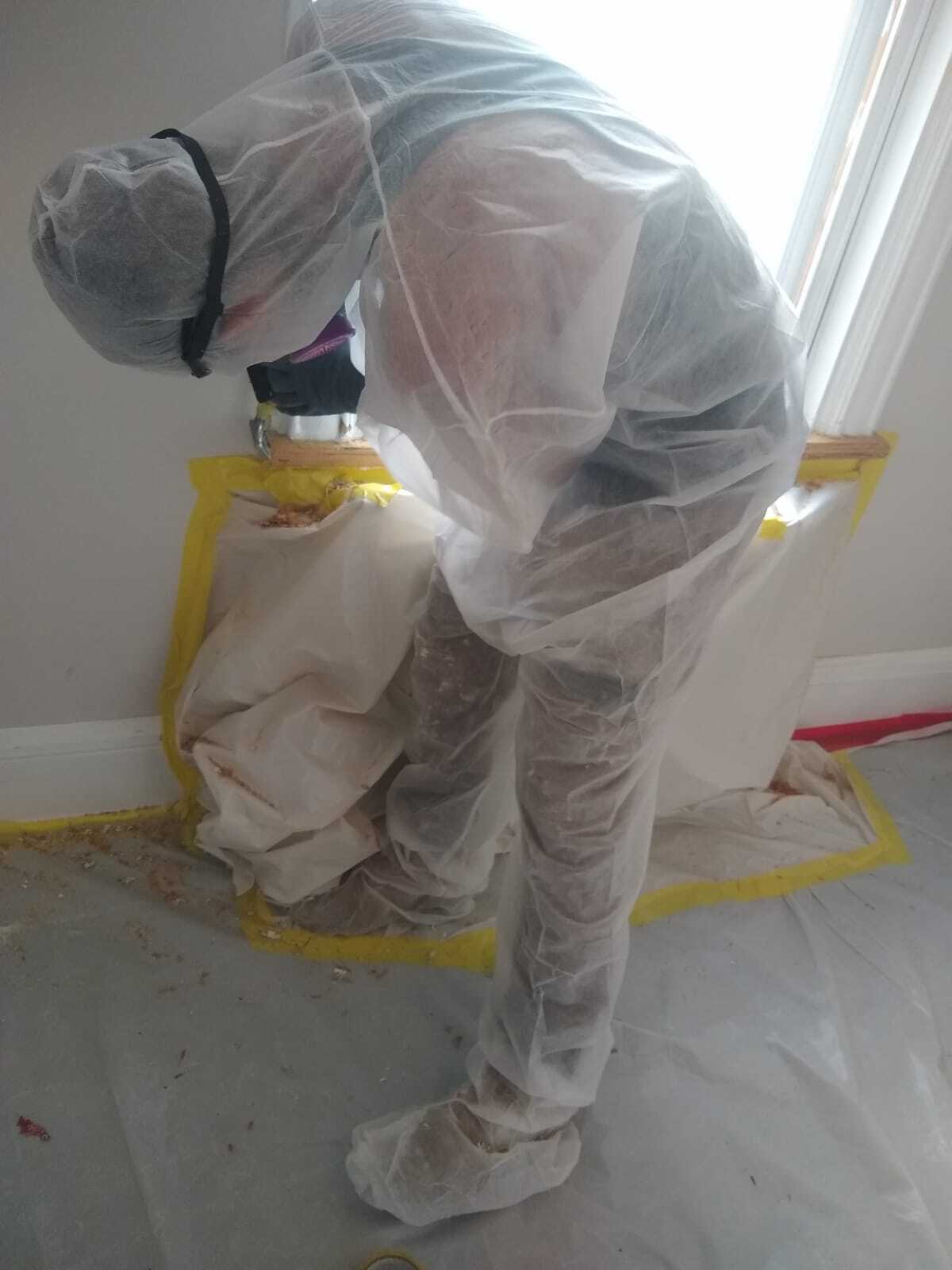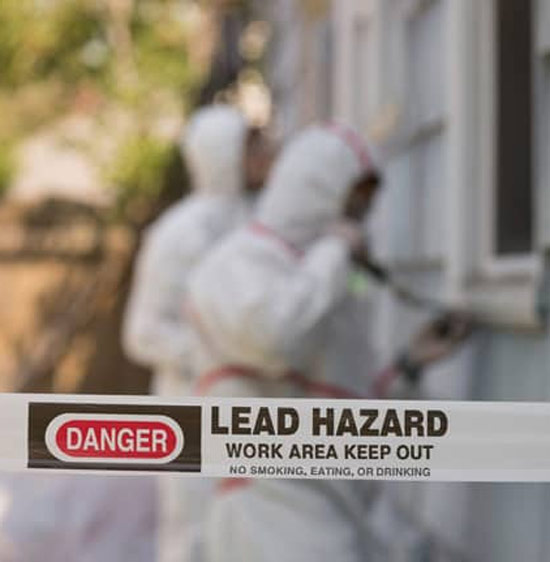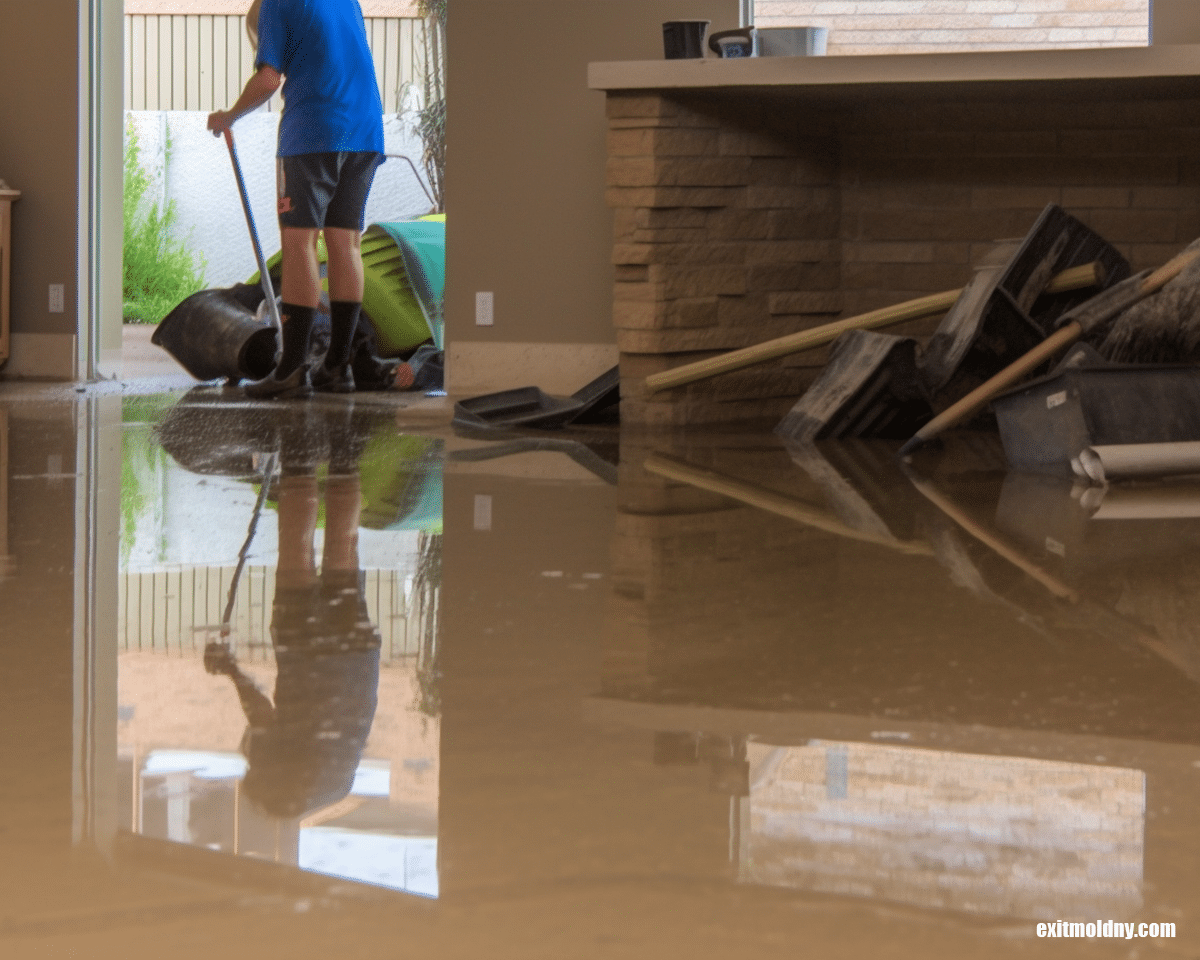Comprehensive Overview on Effective Lead Violation Removal Methods
In the realm of environmental security, attending to lead offenses requires a precise and structured approach. This detailed overview begins by highlighting the essential initial steps of identifying lead risks through innovative evaluation and testing methods. The overview specifies on the relevance of adhering to strict safety methods throughout the removal process, consisting of the use of appropriate PPE and isolating impacted locations.
Identifying Lead Threats
Determining lead dangers is a critical first step in minimizing the threats linked with lead direct exposure. Lead, a harmful steel, can be existing in numerous ecological tools, including paint, dirt, water, and dust.
The first stage in recognizing lead risks includes understanding common lead sources within the built atmosphere. Frameworks developed before 1978 are especially vulnerable due to the prevalent use lead-based paint during that duration. In addition, soil contamination can take place from weakening exterior paint, commercial discharges, or historic use leaded fuel.
Another substantial source is lead piping and pipes fixtures, which can seep introduce alcohol consumption water. Durable goods such as playthings, ceramics, and imported items might also contain harmful lead levels. Notably, occupational environments and hobbies involving lead can track contaminants into homes.
Evaluation and Testing
When resolving lead threats, efficient analysis and screening are critical. This critical action ensures the identification and quantification of lead visibility, thereby guiding succeeding removal initiatives. Initial assessment commonly involves an aesthetic assessment to determine potential lead sources, such as deteriorating paint or infected dust. This is complemented by more strenuous screening methodologies to determine the level of contamination.

Dust wipe sampling is another crucial technique, specifically in residential settings. By collecting samples from floors, windowsills, and various other surfaces, this approach offers understandings into possible exposure dangers. Additionally, soil screening around structure borders is necessary to find lead contamination that can present hazards, especially to children.
Safe Elimination Procedures
Upon completing extensive analysis and testing, implementing secure removal procedures is the following crucial phase in resolving lead dangers. This process guarantees that lead-contaminated materials are properly and safely eliminated, reducing risk to both workers and residents. The very straight from the source first step includes separating the afflicted location utilizing plastic sheet and proper securing strategies to avoid the spread of lead dust.
Employees must don suitable personal protective tools (PPE), including respirators, handwear covers, and non reusable coveralls, to mitigate exposure. Using specialized tools and damp techniques, such as wet sanding or making use of HEPA-filtered vacuums, decreases the dispersion of lead bits. It is vital to stay clear of completely dry sanding or abrasive blasting, as these techniques can generate harmful lead dust.
Garbage disposal is another important element; all infected materials must be safely landed and classified according to EPA and neighborhood regulations. Furthermore, complete cleaning of the workplace with HEPA vacuum cleaners and damp cleaning guarantees the elimination of recurring lead bits.
Post-Removal Verification

Verification of successful lead removal, recognized as post-removal confirmation, is necessary to ensure the safety and habitability of the remediated location. This process includes a collection of precise evaluations and examinations designed to detect any kind of recurring lead fragments that might pose health and wellness threats. The initial step normally consists of a visual inspection to assess the conclusion and quality of go now the remediation work. This inspection ensures that all known sources of lead have actually been resolved and that no visible signs of contamination remain.
Adhering to the visual assessment, ecological sampling is performed. This involves accumulating dust, dirt, and sometimes water samples from the remediated area. Accredited research laboratories assess these samples to gauge lead levels, guaranteeing they drop listed below the safety thresholds developed by governing bodies such as the Environmental Defense Firm (EPA)
In addition, air high quality screening may be carried out to identify air-borne lead bits, specifically in instances where substantial lead-based paint elimination or remodelling has actually occurred. The outcomes of these examinations offer measurable data verifying that the lead degrees are within permissible limits.
Eventually, post-removal confirmation acts as an essential checkpoint, validating the effectiveness of the lead abatement efforts and protecting the health and wellness of residents and visitors.
Preventive Steps and Upkeep

A vital safety net consists of the usage of lead-safe accredited professionals for any remodelling, repair service, or paint tasks. These specialists are learnt methods that lessen lead dirt and particles. In addition, preserving painted surface areas to stay clear of breaking or peeling off is crucial, as weakening paint can launch lead particles into the atmosphere.
Educational campaigns targeting building proprietors and lessees pertaining to the risks of lead and the value of reporting any type view website of potential threats can additionally improve precautionary initiatives. Routine cleaning making use of HEPA vacuums and damp wiping techniques can dramatically minimize lead dirt build-up.
Final Thought
In summary, reliable lead offense elimination demands a careful technique incorporating comprehensive analysis, accurate screening, and stringent removal treatments. Making sure safety via appropriate isolation and personal safety equipment continues to be paramount. Post-removal verification via environmental sampling and air top quality screening corroborates compliance with established safety criteria. In addition, continuous evaluations and maintenance are important to minimize future lead dangers, therefore securing public health and wellness and guaranteeing continual conformity with governing requirements.